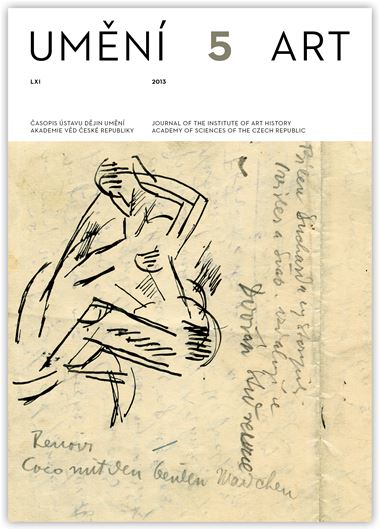Peter Vergo
Hanslick and the Visual Arts
The aim of Eduard Hanslick’s treatise On the Beautiful in Music (1854) was, in his own words, to revise the aesthetics of music. In fact, its impact extended far beyond the domain of musical aesthetics. Hanslick draws frequent comparisons between music and other forms of art; his use of the term ‘arabesque’ to evoke the rise and fall of melodic lines, in particular, led later artists, critics and writers on art to ask whether analogies might be drawn between our processes of aural and visual perception. They also questioned whether visual art might come to rely for its effect solely on those resources intrinsic to itself, principally colours and forms, in the same way that music had no other content than the melodies and harmonies out of which it was fashioned, as Hanslick had claimed. In this way, advocates of a predominantly abstract or even wholly non-representational form of visual art found in this new aesthetics of music a potential justification for renouncing any kind of representational or narrative content in painting. Hanslick’s notion of music as an art consisting of pure forms – what is sometimes called ‘absolute music’ – in many ways foretells the ‘formalism’ of critics such as Roger Fry, who described Kandinsky’s seemingly object-less paintings of the years around 1912-14 as ‘pure visual music’. Specific references to On the Beautiful in Music can also be found in the writings of artists and theorists as diverse as Paul Klee and the French aesthetician Charles Henry; through the latter, Hanslick’s theories may have influenced the art of the Neo-Impressionist artist Georges Seurat, the ‘musical’ nature of whose paintings has been the object of a good deal of art-historical speculation.
Full-text in the Digital Library of the Czech Academy of Sciences:
https://kramerius.lib.cas.cz/uuid/uuid:16d91a4c-4fb7-475f-9d6f-288a72723f93
< back

